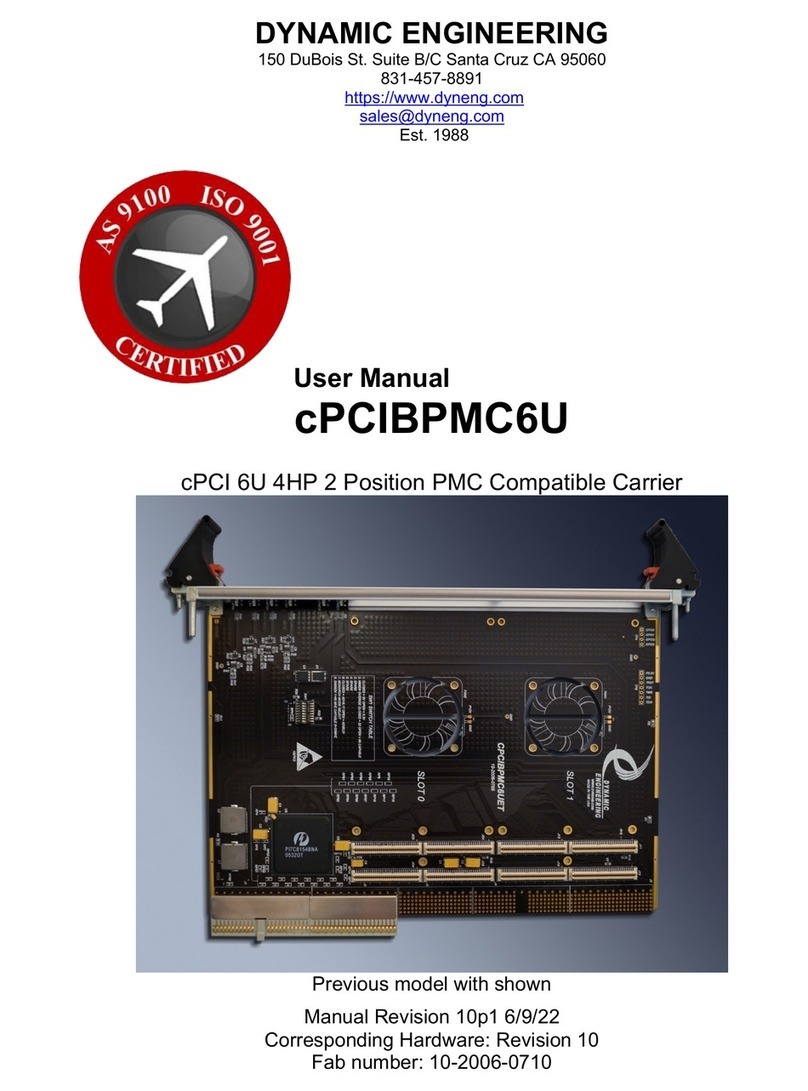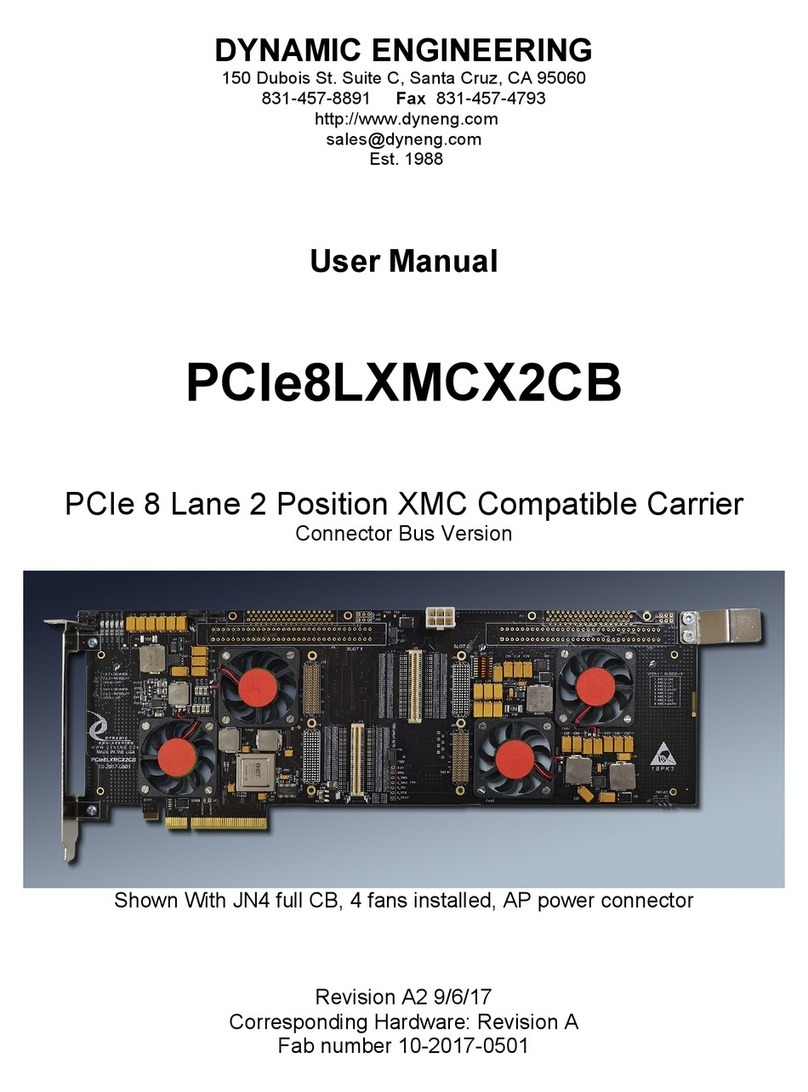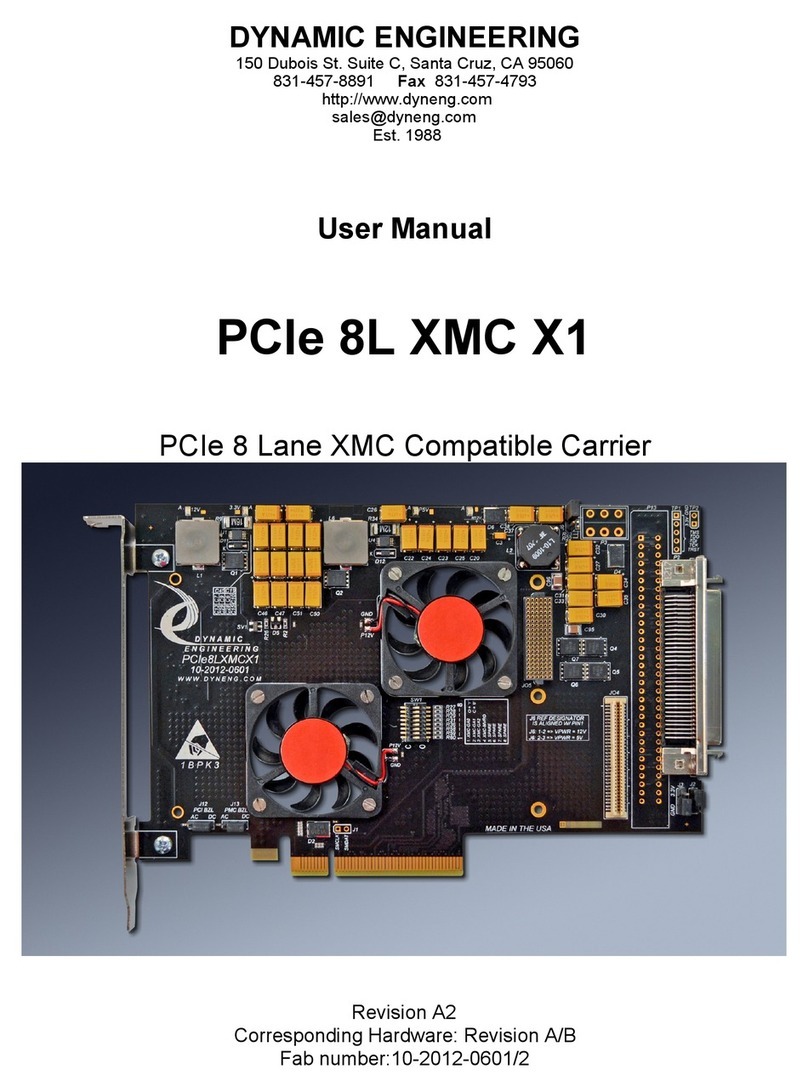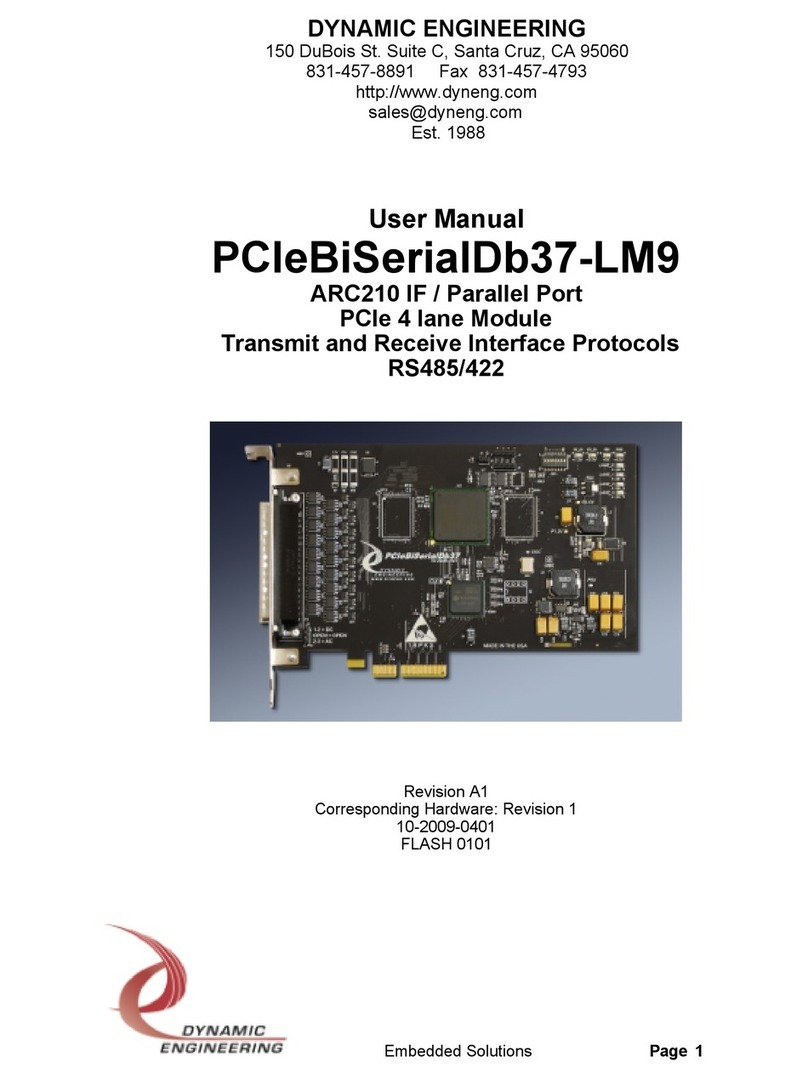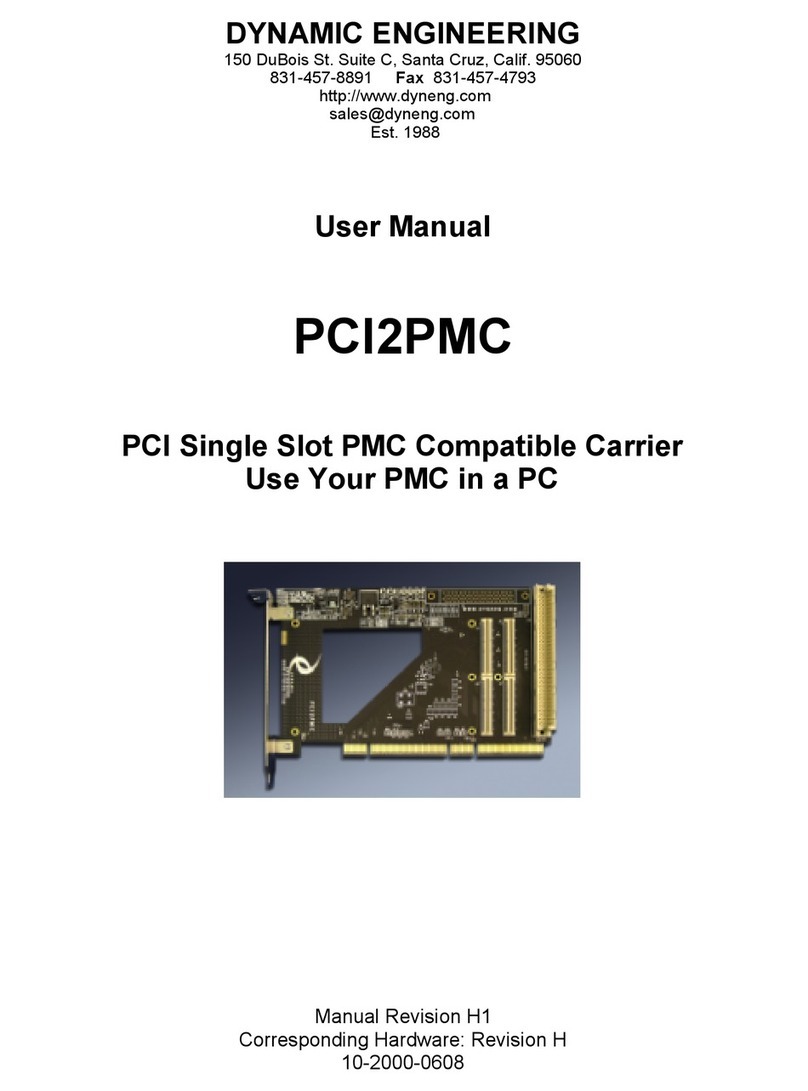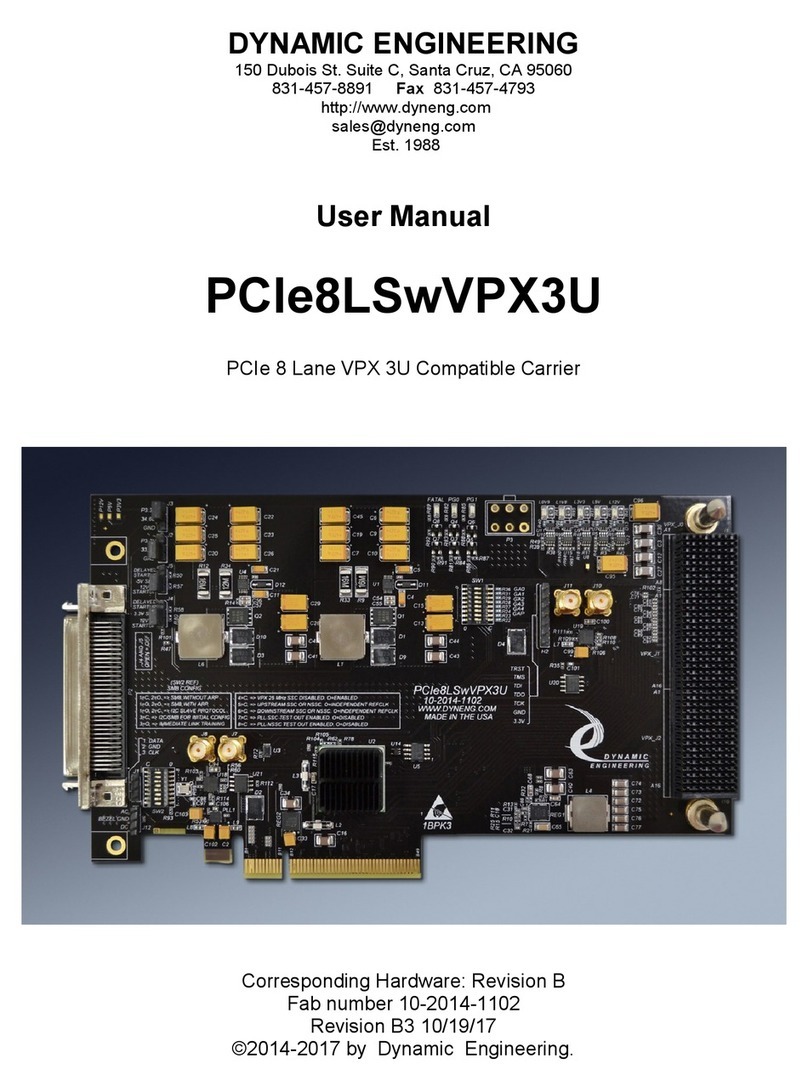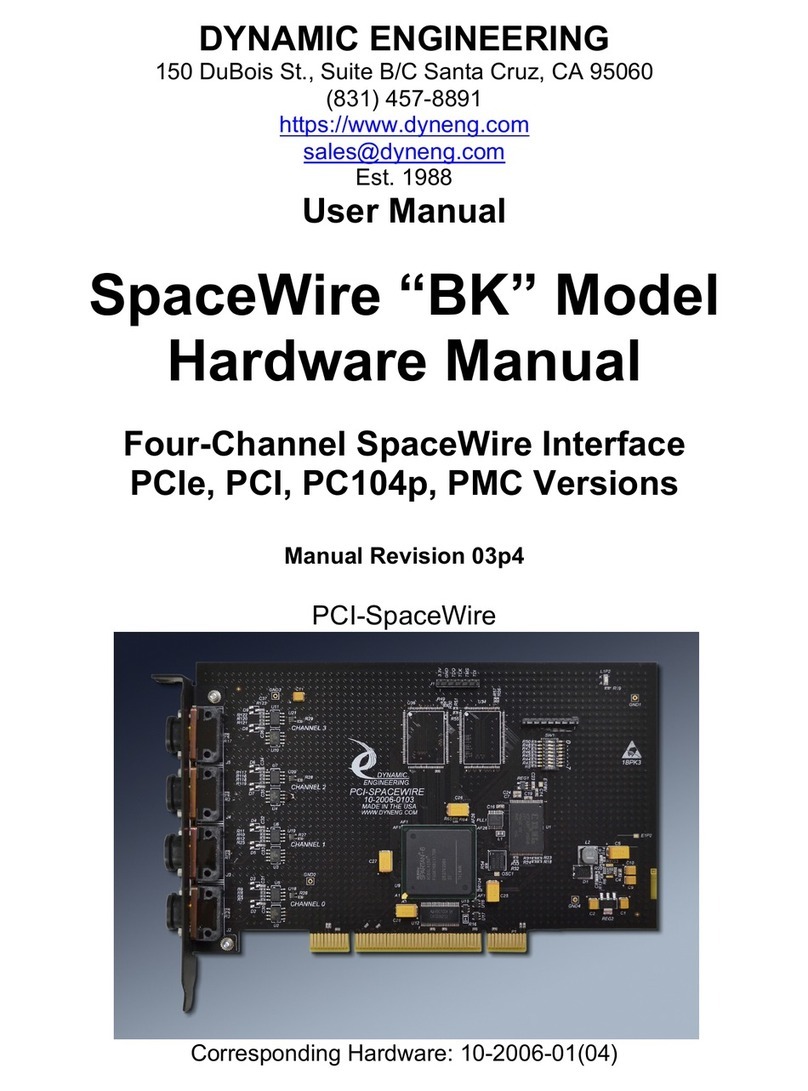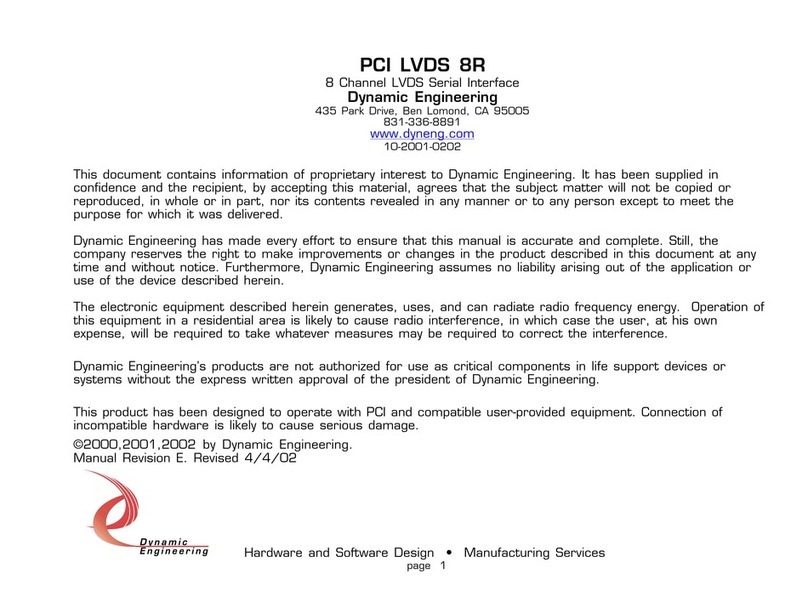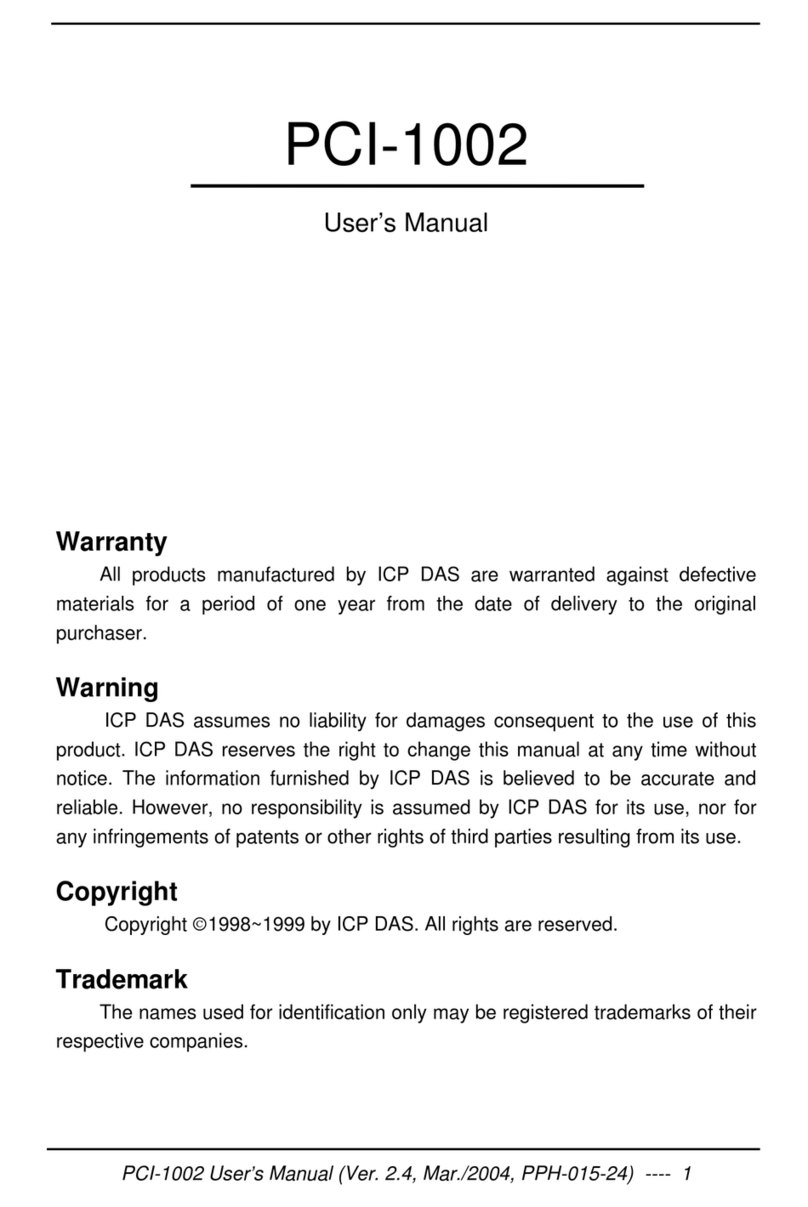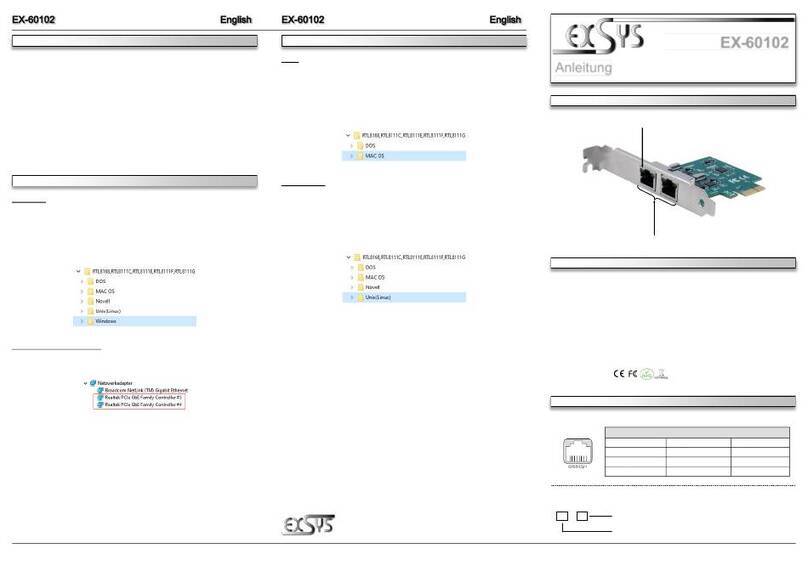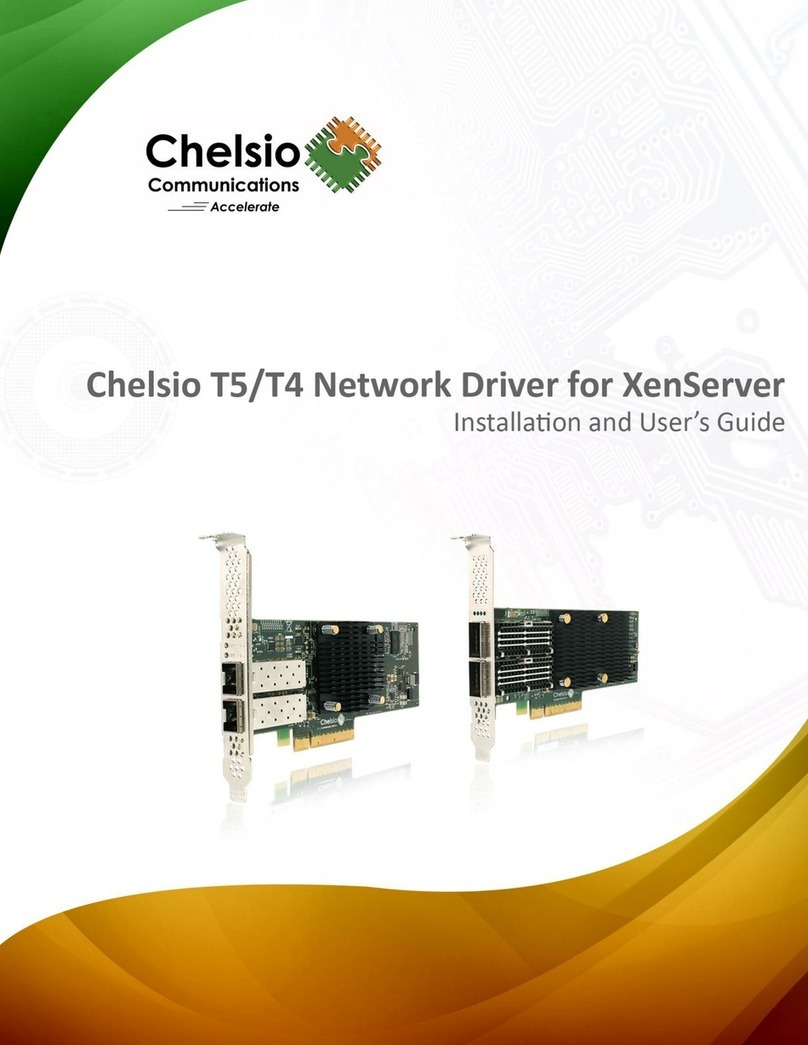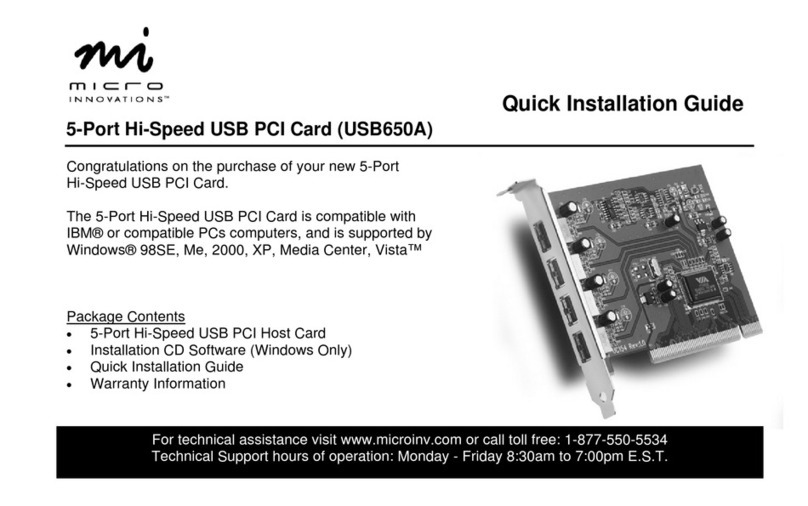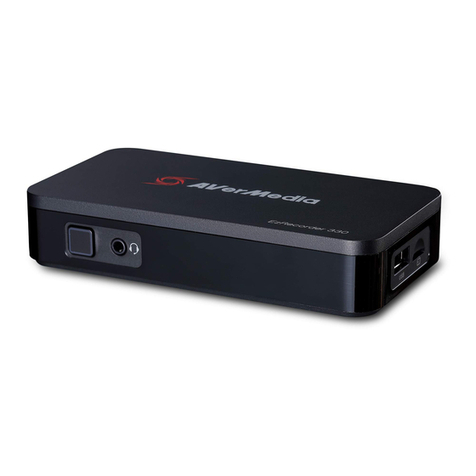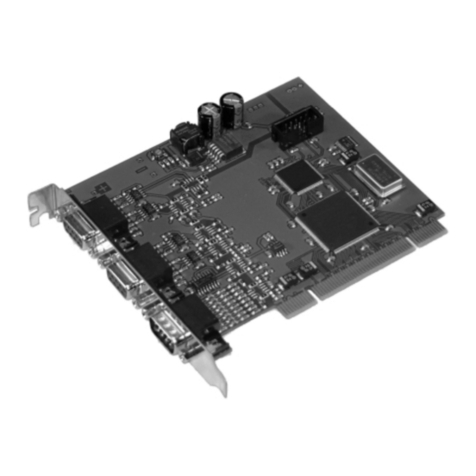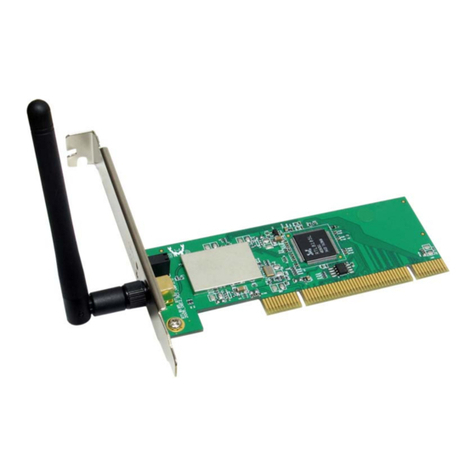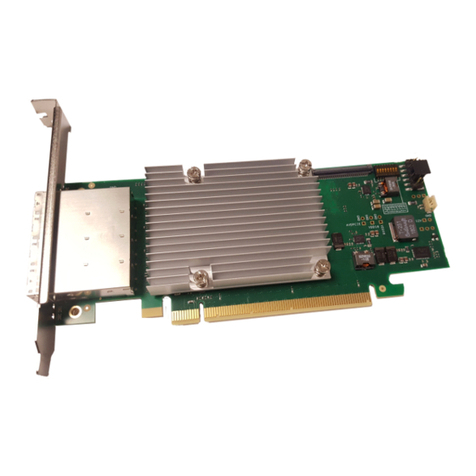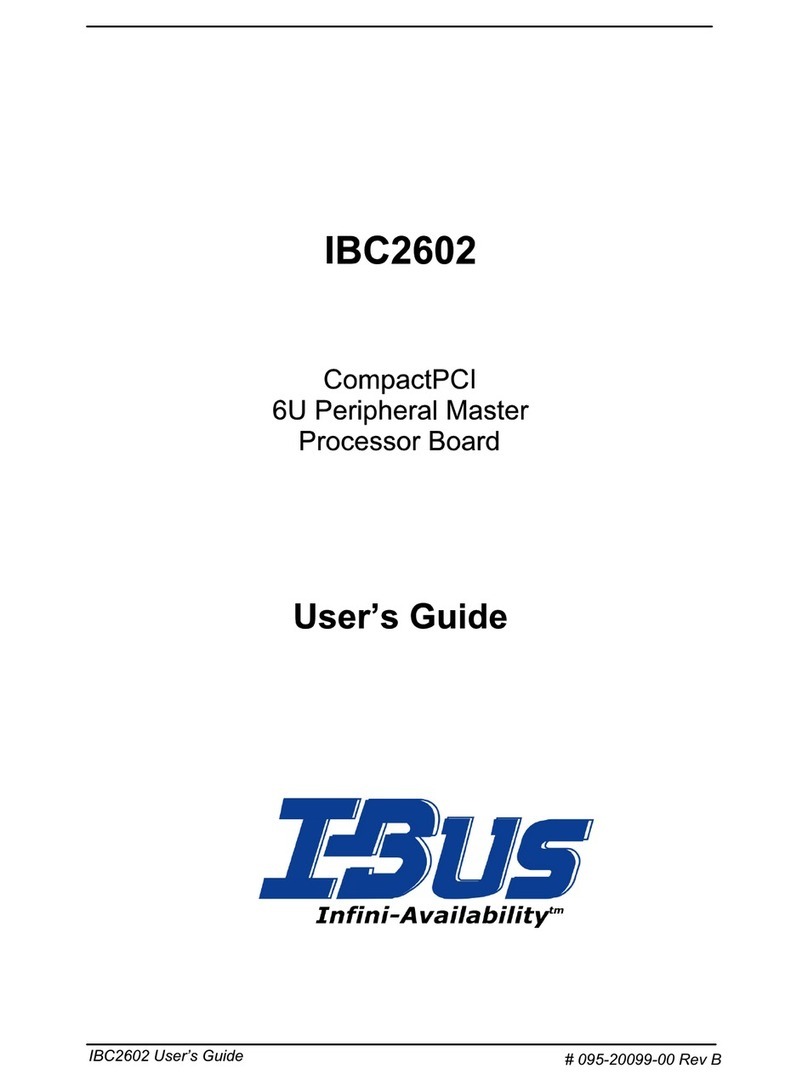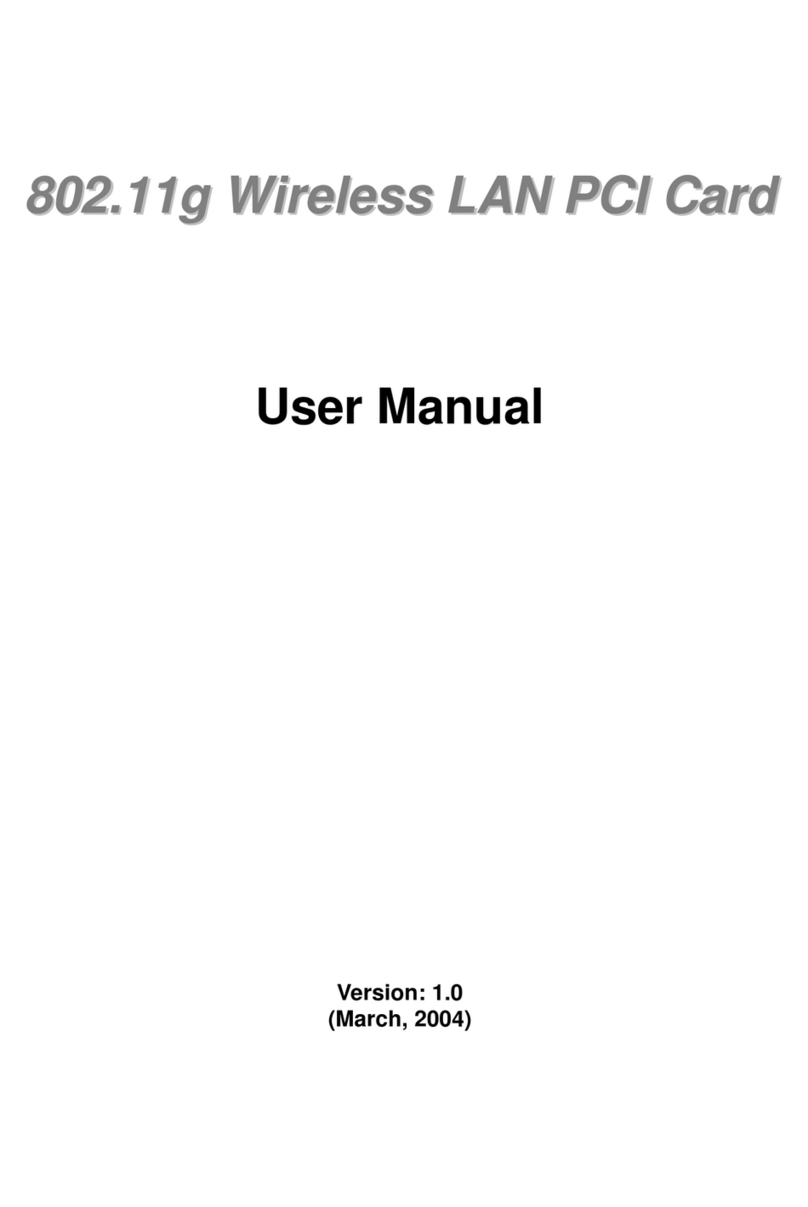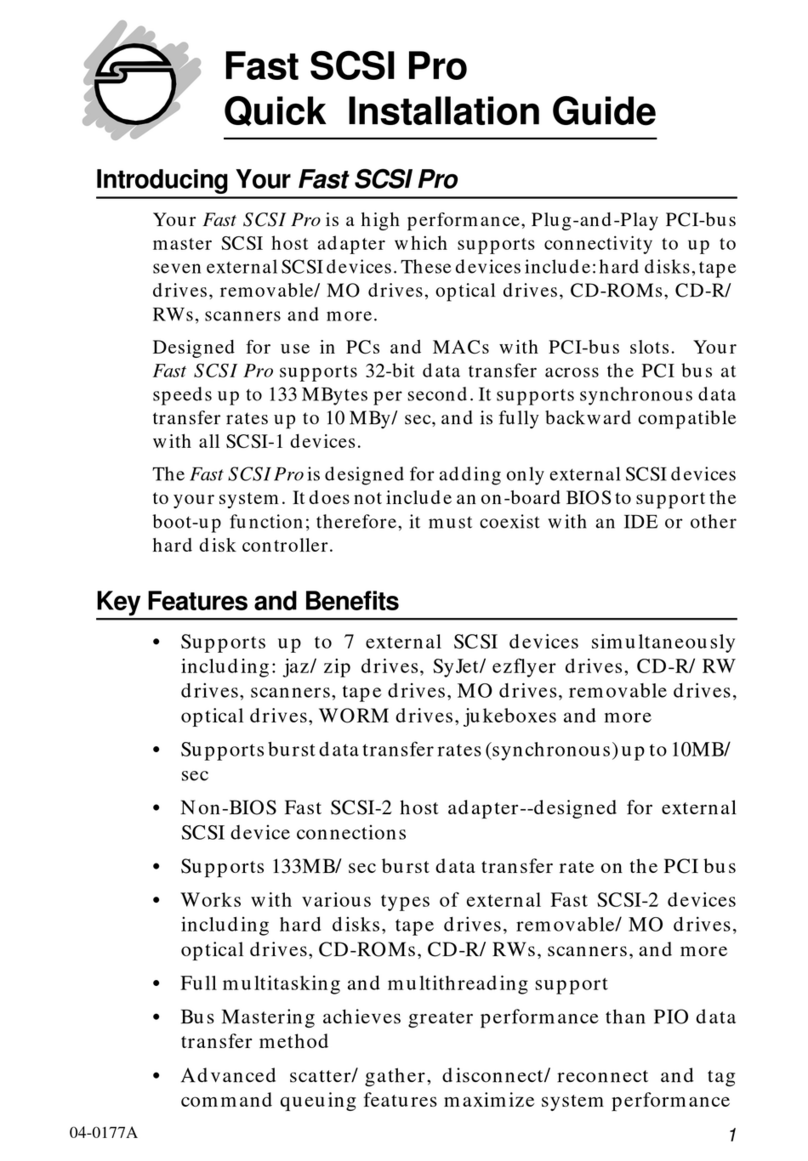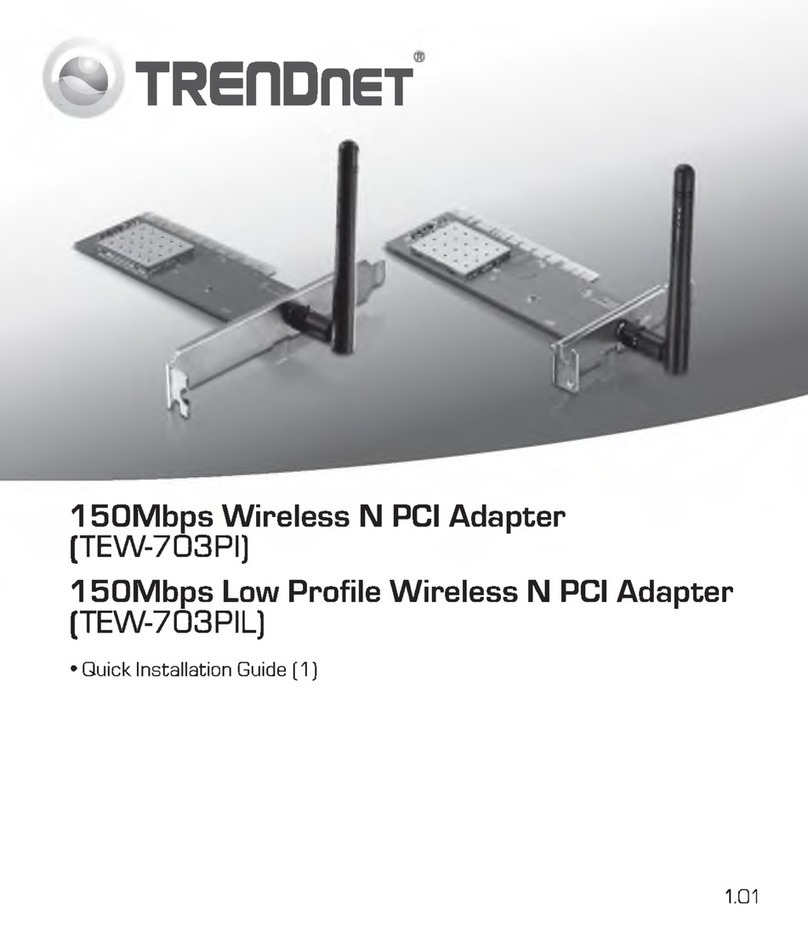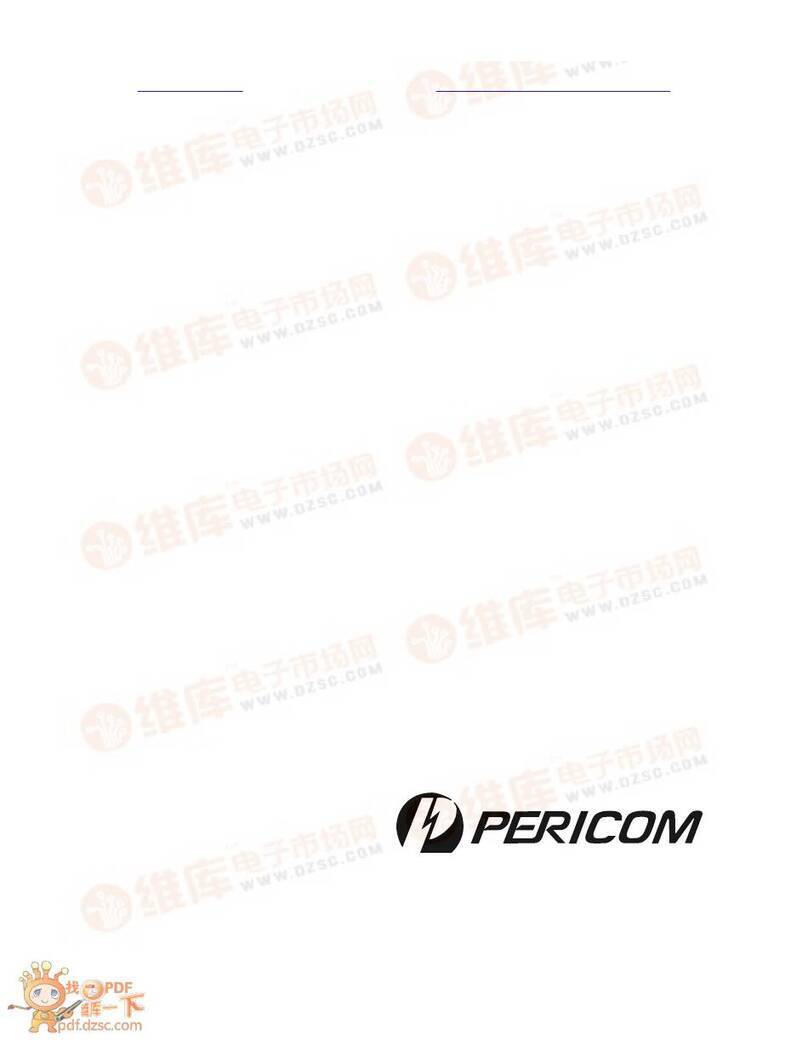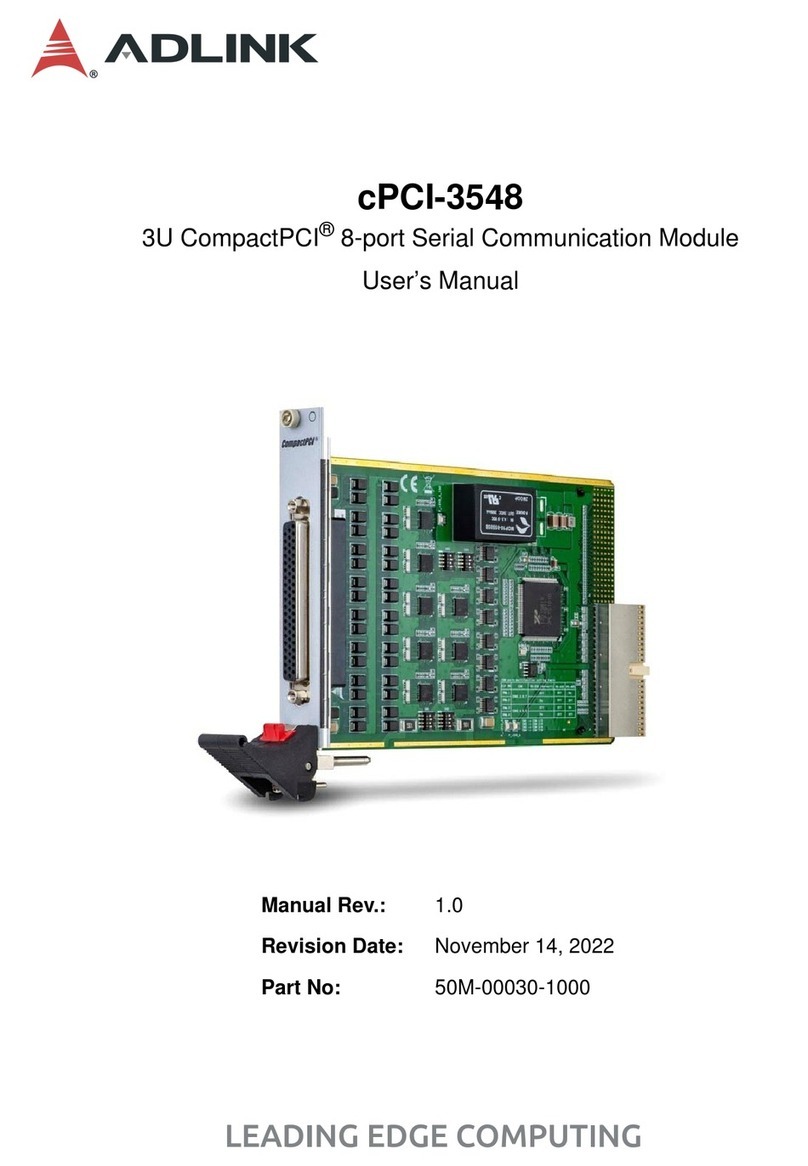
SpaceWire Monitor User Manual
Embedded Solutions v
Table of Contents
Design Revision History ....................................................................................................................................... 1
Manual Revision History ...................................................................................................................................... 1
Key Product Features .......................................................................................................................................... 2
Product Description .............................................................................................................................................. 2
Product Specifications .......................................................................................................................................... 3
Construction and Reliability .................................................................................................................................. 3
Installation and Interfacing Guidelines ................................................................................................................. 4
Installation ......................................................................................................................................................... 4
ESD .................................................................................................................................................................. 4
Start-Up ............................................................................................................................................................ 4
Guidelines ......................................................................................................................................................... 4
Grounds ........................................................................................................................................................ 4
Power Supply ................................................................................................................................................ 4
Thermal Considerations .................................................................................................................................... 4
Theory of Operation ............................................................................................................................................. 5
Address Maps and Register Definitions ............................................................................................................... 6
Register Definitions ........................................................................................................................................... 7
SpaceWire Base Control Register .................................................................................................................... 7
SpaceWire User Switch Port ............................................................................................................................ 8
SpaceWire PLL Data FIFO ............................................................................................................................... 9
SpaceWire PLL Status Register ....................................................................................................................... 9
SpaceWire Channel Control Register ............................................................................................................. 10
SpaceWire Channel Status Register .............................................................................................................. 13
SpaceWire Channel Read DMA Pointer Port ................................................................................................. 15
SpaceWire Channel RX FIFO Data Count Port .............................................................................................. 16
SpaceWire RX Packet-Length FIFO Ports ..................................................................................................... 16
SpaceWire Channel RX Almost Full Level Register ....................................................................................... 17
SpaceWire Channel RX Packet FIFO Full Control Register ........................................................................... 17
Warranty and Repair .......................................................................................................................................... 19
Service Policy ................................................................................................................................................. 19
Out-of-Warranty Repairs ................................................................................................................................. 19
Contact ........................................................................................................................................................... 19
Ordering Information .......................................................................................................................................... 20
Glossary ............................................................................................................................................................. 21
Tables
Table 1: Flash and Software Revision History ..................................................................................................... 1
Table 2: Manual Revision History ........................................................................................................................ 1
Table 3: Product Specifications ............................................................................................................................ 3
Table 4:SpaceWire Address Map ........................................................................................................................ 6
Table 5: SpaceWire Base Control Register ......................................................................................................... 7
Table 6: SpaceWire User Switch Port .................................................................................................................. 8
Table 7: SpaceWire Configurations ..................................................................................................................... 8
Table 8: SpaceWire PLL Data FIFO .................................................................................................................... 9
Table 9: SpaceWire PLL Status Register ............................................................................................................. 9
Table 10: SpaceWire Channel Control Register ................................................................................................ 10
